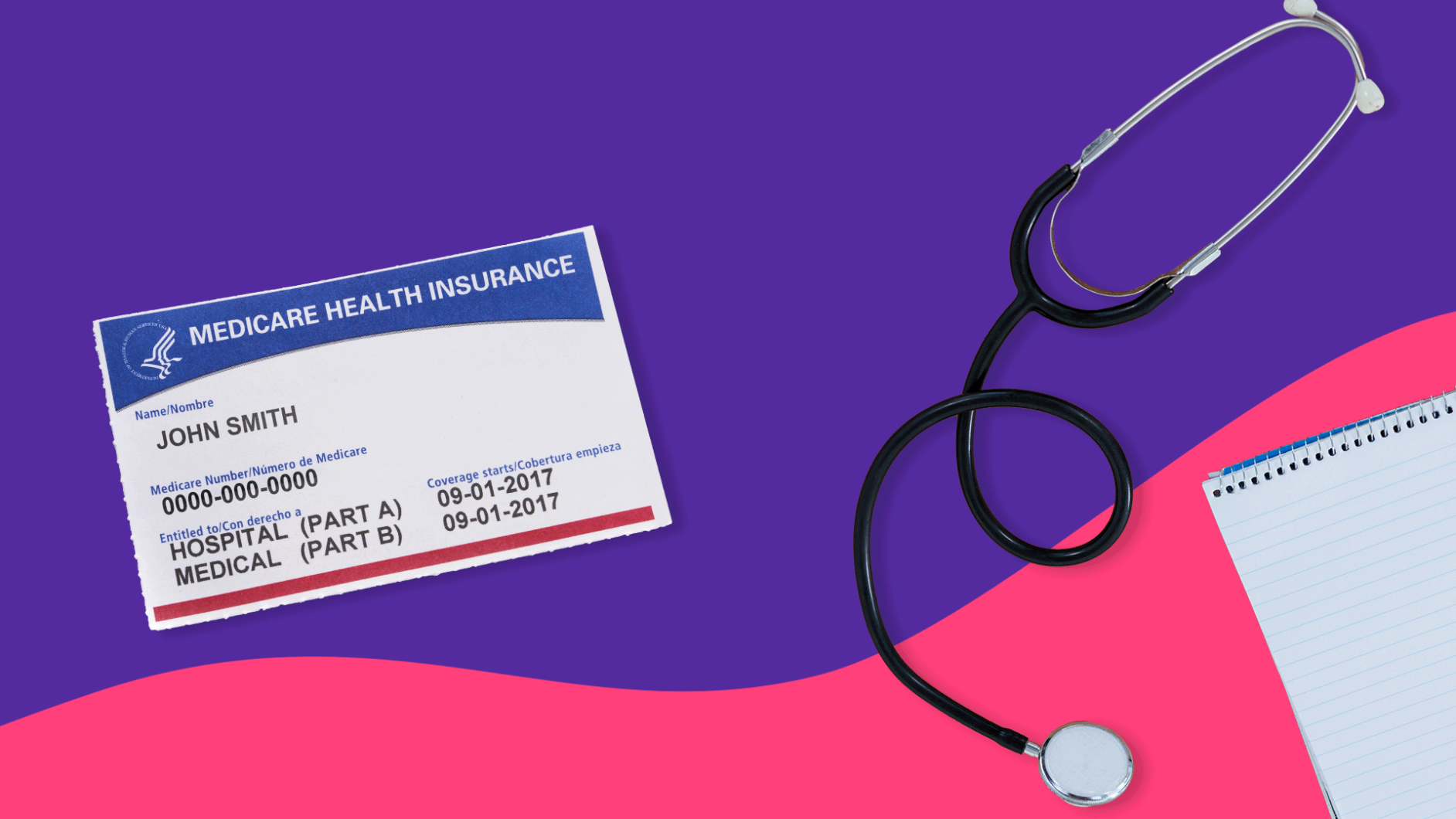Key takeaways
Medicare Savings Programs (MSPs) help low-income Medicare beneficiaries cover out-of-pocket costs including premiums, coinsurance, copays, and deductibles.
MSPs are administered by state and local governments, with eligibility based on income and assets, and benefits vary by state.
There are four types of MSPs: Qualified Medicare Beneficiary (QMB), Specified Low-Income Medicare Beneficiary (SLMB), Qualified Individual (QI), and Qualified Disabled Working Individuals (QDWI), each offering different benefits.
Beneficiaries qualifying for MSPs, except QDWI, automatically receive Extra Help for Medicare Part D prescription costs and may have access to Special Enrollment Periods and Medicare Advantage Dual Special Needs Plans.
Although Medicare reduces healthcare costs for many Americans, it is not free. Medicare Savings Programs (MSP) help offset the cost-share and premiums associated with Original Medicare. Qualifying beneficiaries can use this program to lower their Medicare cost-share to a manageable amount.
We’ll discuss the different Medicare Savings Programs and how to apply for a Medicare Savings Program.
What are Medicare Savings Programs?
State and local governments administer Medicare Savings Programs, which help low-income Medicare beneficiaries by covering some or all of their out-of-pocket Medicare costs.
There are several different programs based on your monthly income and assets. When you apply for a Medicare Savings Program, you’ll be assigned to the appropriate program. Since this program is regulated at a state level, the eligibility requirements for medical assistance can vary. Like Medicaid, states have the option of being more generous with their programs, but all states have a minimum threshold they must meet.
4 types of Medicare Savings Programs
The four Medicare Savings Programs are:
- Qualified Medicare Beneficiary (QMB)
- Specified Low-Income Medicare Beneficiary (SLMB)
- Qualified Individual (QI)
- Qualified Disabled Working Individuals (QDWI)
Compare Medicare Savings Programs |
||
|---|---|---|
| Program | Eligibility | Benefits |
| Qualified Medicare Beneficiary (QMB) Program |
|
|
| Specified Low-Income Medicare Beneficiary (SLMB) Program |
|
|
| Qualified Individual (QI) Program |
|
|
| Qualified Disabled and Working Individuals (QDWI) Program |
|
|
Qualified Medicare Beneficiary (QMB) Program
The QMB Program is the MSP that provides the most benefits. Medicare beneficiaries with limited income may qualify. The QMB program may pay your Medicare Part B premiums and the other costs associated with Medicare, which includes Medicare Part A and Part B deductibles, copays, coinsurance, and excess charges.
The QMB program’s qualification rules may vary depending on your state, but the minimum requirements are standardized by the federal government.
To qualify, you must be eligible for Medicare Part A and be under your state’s federal monthly income limits. You cannot have assets or resources that exceed the outlined limits. Typically, your home, personal vehicle, and other personal items aren’t considered resources.
Some states do not have an asset test for Medicare Savings Programs. Check with your local Department of Social Services or Medicaid office to verify.
Specified Low-Income Medicare Beneficiary (SLMB) Program
The SLMB program is for Medicare beneficiaries whose income is too high for the QMB program but is not more than 20% above the federal poverty level. SLMB will only pay your Medicare Part B premium.
Qualified Individual (QI) Program
QI is for individuals whose income is between 20% to 35% above the national poverty level. This program will still assist with your Medicare Part B premiums.
Qualified Disabled and Working Individuals (QDWI) Program
The QDWI program assists qualified beneficiaries with their Medicare Part A premiums only. To be eligible for QDWI, you must have the same qualifications as QI. In addition, you must also receive Social Security Disability, be disabled, and lose premium-free Part A because you returned to work. The income requirements are also higher than other MSP programs.
Medicare Savings Program advantages
Extra Help
For all of the MSPs, except QDWI, you’ll automatically receive Extra Help for prescriptions through Medicare Part D. This is provided through the Federal Low-Income Subsidy (LIS) program. Those who qualify will automatically be enrolled in the Extra Help drug assistance program. Your prescriptions must be on the formulary of your Medicare plan for Extra Help to assist with the costs of your medications.
Ongoing Special Enrollment Period
If a beneficiary qualifies for Extra Help by virtue of having an MSP, they’ll also be granted an ongoing Part D Special Enrollment Period (SEP) that allows them to make a plan change quarterly. They can apply to Part D prescription drug coverage, and Medicare Advantage plans under an SEP.
Their SEP allows one change from January through March, April through June, and July through September. Once they make their change, the policy will start at the beginning of the following month. They also have access to all other election periods, such as the Annual Enrollment Period and Medicare Advantage Open Enrollment Period.
Medicare Advantage Dual Special Needs Plans
These MSPs, in many cases, will give Medicare beneficiaries the right to enroll in Medicare Advantage Dual Special Needs Plans. These plans typically have benefits that are richer than those of non-SNP Medicare plans.
How to apply to the Medicare Savings Program
You’ll need to contact your state’s Medicaid office to apply for the Medicare Savings Program. You can also apply for benefits online. Medicaid.gov lists each state’s contact information for Medicaid services on its website.
You can also apply at the same time you’re applying for Extra Help on the Social Security Administration’s website. There is a question on the Federal Low-Income Subsidy application that you can answer to send the information to the state to see if you qualify. Your state may ask you for additional information in order to complete and fully process your MSP application.
- Qualified Medicare Beneficiary program, Centers for Medicare & Medicaid Services
- Specified Low-Income Medicare Beneficiary program, benefits.gov
- Qualifying Individual program, benefits.gov
- Qualified Disabled and Working Individuals program, benefits.gov
- Medicaid & CHIP, medicaid.gov
- Extra Help with Medicare prescription drug plan costs, Social Security Administration




